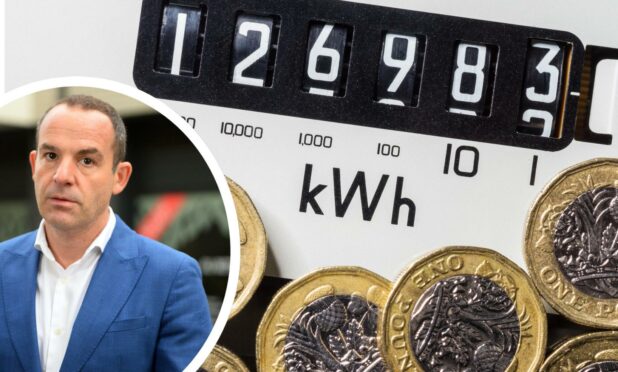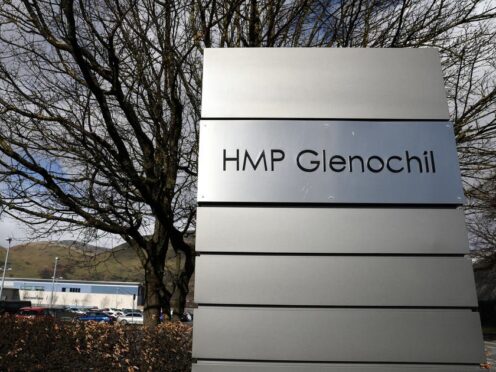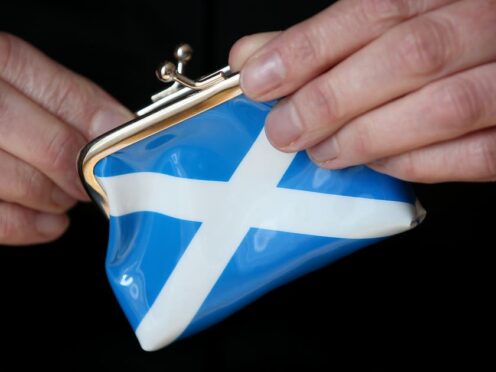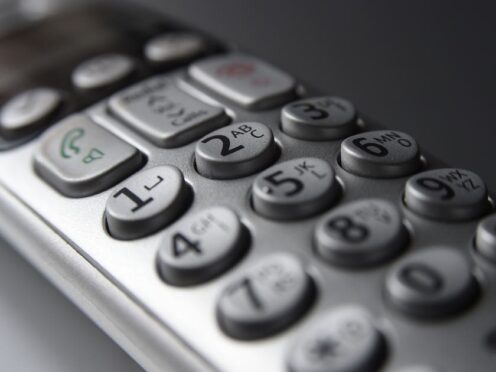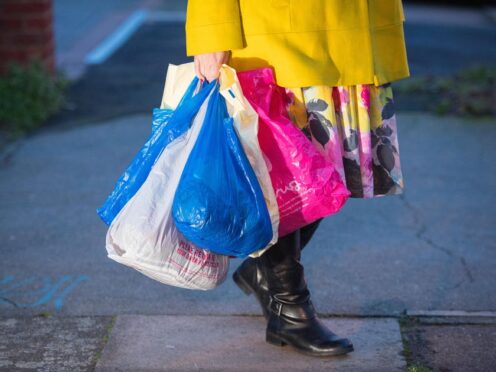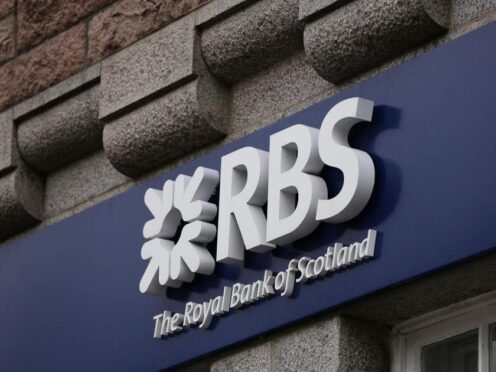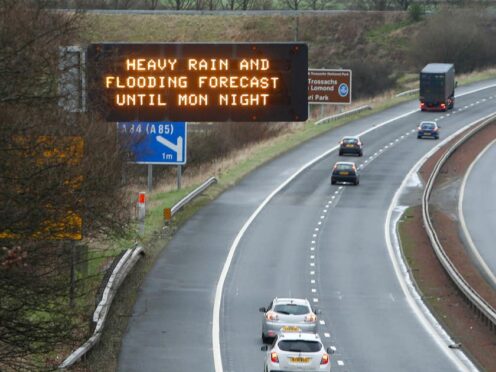People across the country have been urged to take and submit their meter readings as thousands brace themselves for an increase in energy bills.
Gas and electricity bills will go up by 54% on Friday – putting even more financial pressure on household budgets, which have already been squeezed from all angles.
Ahead of the “eye-watering” price hike, Martin Lewis has been sharing advice on how to approach the situation as many forcefully come to choose between heating and eating.
Speaking on his BBC Radio 5 live podcast Ask Martin, the money saving expert shared the three most important things to do before the increased cap is introduced.
So what should we do?
According to Mr Lewis, there are three vital things every household should do before Friday to avoid a bigger blow to their budgets:
- Not to cancel your monthly Direct Debits (as this will add a further 6% on to your bill)
- Stick to your current fix (if it’s the best option available)
- Take meter readings on Thursday (even if you have a smart meter)
He also pointed out that the best time to take meter readings will be Thursday evening and stressed those not using a smart meter must definitely do so before the clock strikes midnight.
He said: “What I’m suggesting everybody does – everybody – is you take a meter reading, preferably Thursday evening.
Pls share. Thurs 31 Mar is energy #MeterReadingDay
So firms can't assign some of your current usage to April when rates are c54% higher
– Not smart meter? Send a reading (later in the day the better)
– Smart or prepay meter? Just take a meter pic for safety (in case of dispute)— Martin Lewis (@MartinSLewis) March 30, 2022
“You do that to draw a line in the sand that says ‘every one of these energy units used until this point should be charged at the cheap rate and should not be charged at a more expensive rate’.
“If you don’t have a smart meter and you don’t do a meter reading, then what the [energy] firm will do is estimate what proportion of your usage was before the April 1 and what proportion of your usage was after the April 1 and that will be an estimation and that’s how it’s billed.”
What to do if you can’t submit meter readings?
However, as customers rushed to submit meter readings before Friday’s price jump, dozens of users reported being unable to access the websites of energy giants such as British Gas, SSE, E.ON, and EDF.
Some customers on social media complained that they were unable to log in to their accounts, while others said their provider’s website was offline.
Okay, in the 8 minutes since I posted this I've had reports of the following websites having issues: Eon, EDF, Scottish Power, Shell, British Gas, SSE. Going to raise this at Business Questions shortly – have I missed anyone?
FYI, @WhichUK https://t.co/k7x4vJj60u— Kirsty Blackman (@KirstySNP) March 31, 2022
A message on the British Gas website told customers it was facing “some technical issues we’re trying to resolve as quickly as possible”.
The message said customers could still submit readings but warned it could take “a little time to update your account with the meter reading you provided today”.
EDF Energy’s website also reported problems, apparently as many people tried to submit their meter readings on their account.
Have been trying to access account for more than a week to submit meter readings! Made numerous messages to get help but none of the support suggestions they made have worked.
— Rachel Taylor (@RachelT11890434) March 31, 2022
The main page of EDF Energy was working, but when customers clicked through to the MyAccount page they were unable to log in.
A message on the page reads: “Sorry… We’re carrying out some essential maintenance work on our site. We’ll be up and running again soon.”
But as thousands are struggling to submit their readings, Mr Lewis urged everybody “not to panic” and issued a video explaining several options on what to do in this situation.
Pls share. It's #MeterReadingDay DON'T PANIC. I know many firms sites and phone lines are down. This quick vid talks you through
– Who should & who shouldn't send a reading
– Why I'm suggesting it
– What to do if firm’s sites crashingSubtitled version: https://t.co/c8v9FzjE8I pic.twitter.com/iTUF4y6OcN
— Martin Lewis (@MartinSLewis) March 31, 2022
Why are Direct Debits going up by more than 54%?
Mr Lewis has also explained three reasons why some energy bill Direct Debits might be going up by more than Ofgem’s 54% price cap from April 1.
These are:
- You were previously on a fixed tariff which has now ended and you’re now on the price cap which could mean someone could end up paying more than double.
- You’ve chosen to fix, so you’ve moved to a fix which is more expensive than the price cap.
- Some energy firms may be inflating estimated Direct Debit bills to help with their cashflow. This could also be higher if you have debt on your account. However, Mr Lewis said that if you are in credit, and it’s going up by more than your rate is going up, then it could be an issue and you should take a meter reading before contacting your supplier to challenge it.
